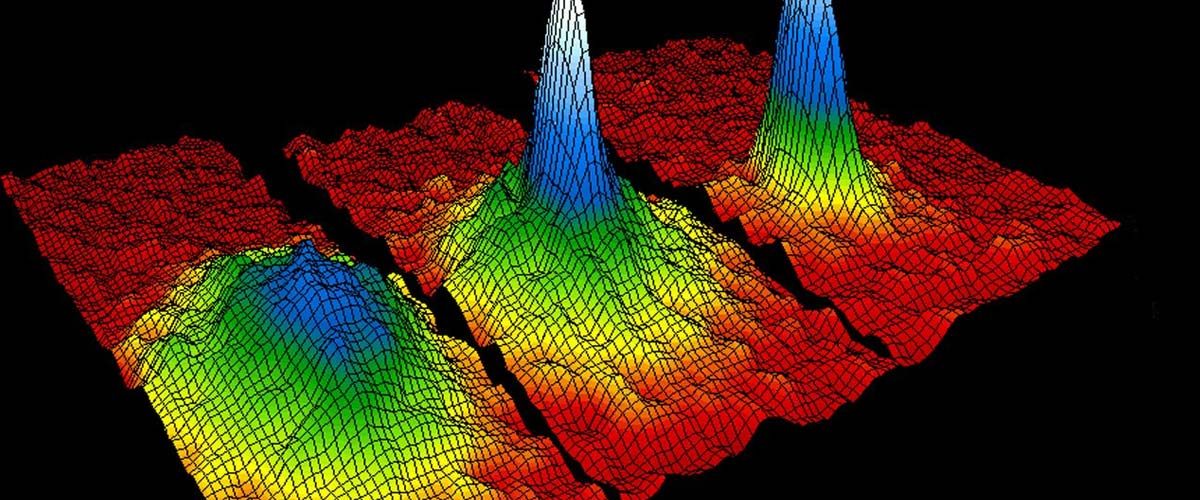Before 1990, there were only 4 states of matter, solid, liquid, gas, and plasma, later a new state was created known as Bose-Einstein condensate. Because it is a relatively new state, in correlation to the other states of matter, so there are still so many questions to answer. Bose-Einstein condensate is a set of atoms, that are cooled to an absolute zero. As they reach the absolute temperature, they are hardly any movement related to each other. As they lose their free energies, at that point the atoms start to bunch up together to have the same energy state and become similar in their physical properties. The entire group starts behaving like a single atom.
Bose-Einstein condensates were predicted, for the first time, in theory by Satyendra Nath Bose, who also happens to be the founder of boson (subatomic particles). Bose, while solving some statistical problem in quantum mechanics shared this idea with Albert Einstein, who thought it could be applied to atoms too, thus giving birth to a new concept of Bose-Einstein condensates. This opens up a whole new world of possibilities. This phenomenon was well achieved at the atomic level, but the researchers were thriving to attain it on the molecular level. A remarkable transition from an atomic to molecular Bose-Einstein was achieved by researchers at the University of Chicago.
Molecules are structurally huge in comparison to atoms, so more moving parts, so are difficult to harness and work upon. Atoms are simple and spherical, while molecules are larger and shaky, they vibrate, rotate, and have many distinct features, that make it fascinating to the engineers, but with its usefulness comes the difficulty in handling it. The team of researchers added 2 new components to the experiment.
Firstly, they cooled down the whole system even further below 10 nano-kelvins (a little above absolute zero). Secondly, the molecules were squeeze packed into a tiny space to pin them flat. The molecules were confined on a 2D surface to allow them to move in 2 directions only. This halt in the movement by pinning them down helps in making them more stable. Resultantly, the molecules were all lined up in identical orientation with matching vibrational frequency and similar quantum state.
Traditionally, in chemistry, some atoms and molecules collide to form new molecules, but in a quantum regime, all molecules behave or act together as a single unit, this could lead to the formation of a new kind of molecule. This new method of achieving Bose-Einstein at the molecular level will create molecular condensate like an immaculate, untouched sheet of paper for quantum engineering. It can serve as an ideal initiating point for building a new quantum system, or to hold information. The new potentials are yet to be explored, as until now, scientists have been able to line up only a few molecules into the Bose-Einstein state. Their application ranges from quantum control of chemical reactions, precise measurements, quantum simulation, and quantum information processing.
Keyword:
Bose-Einstein condensates, states of matter, absolute zero, subatomic particles, quantum information.
















Add comment